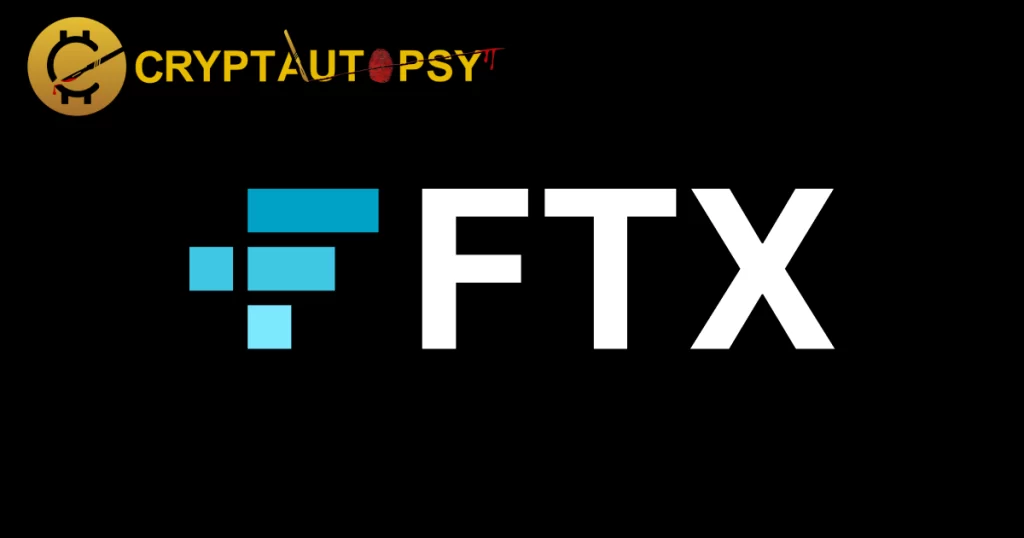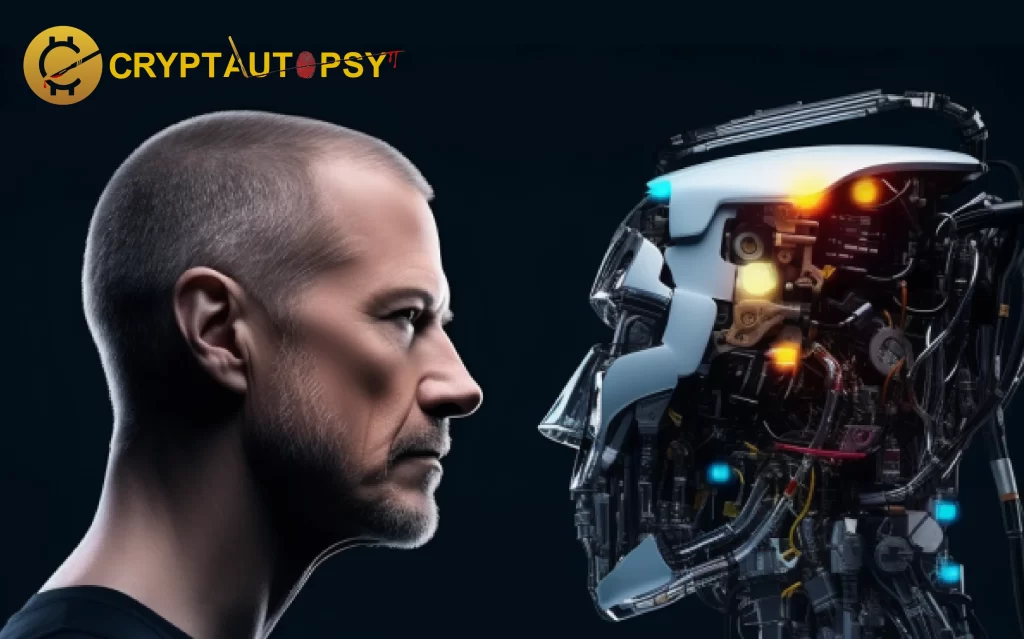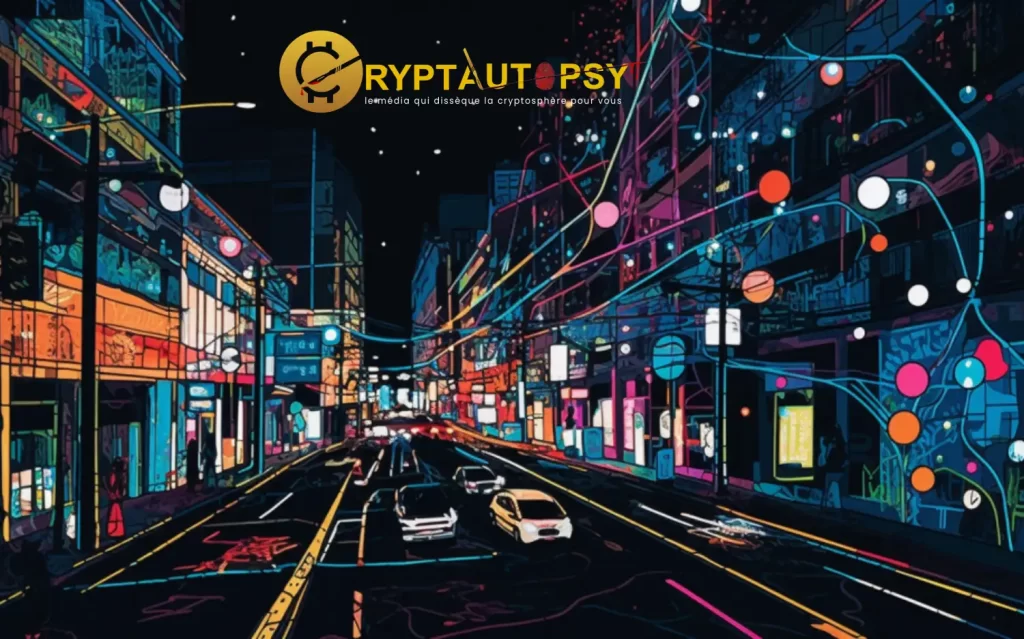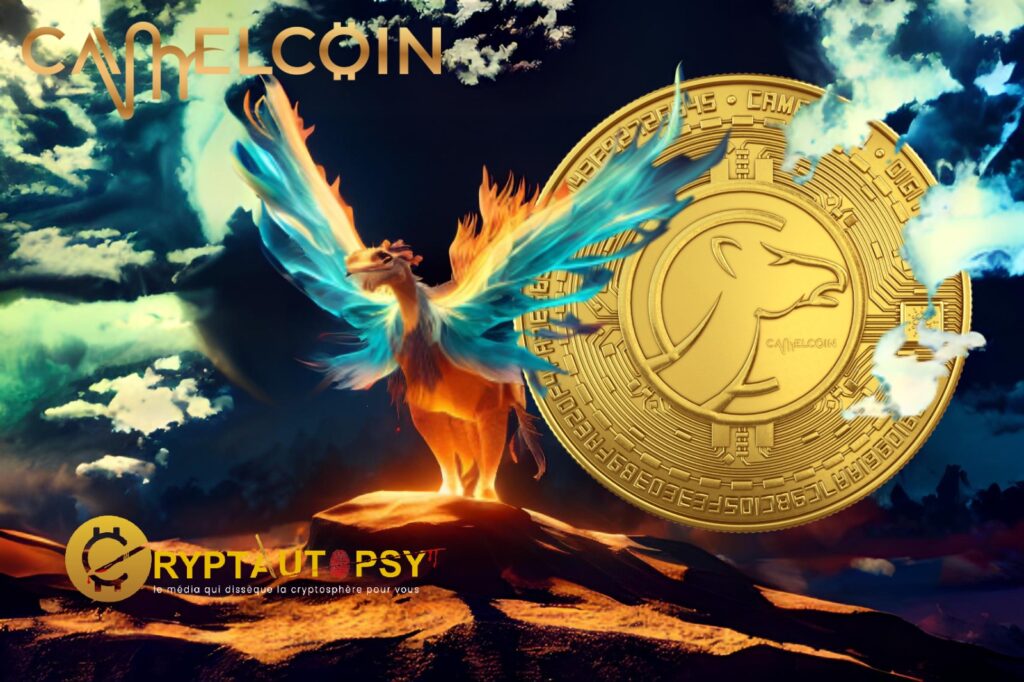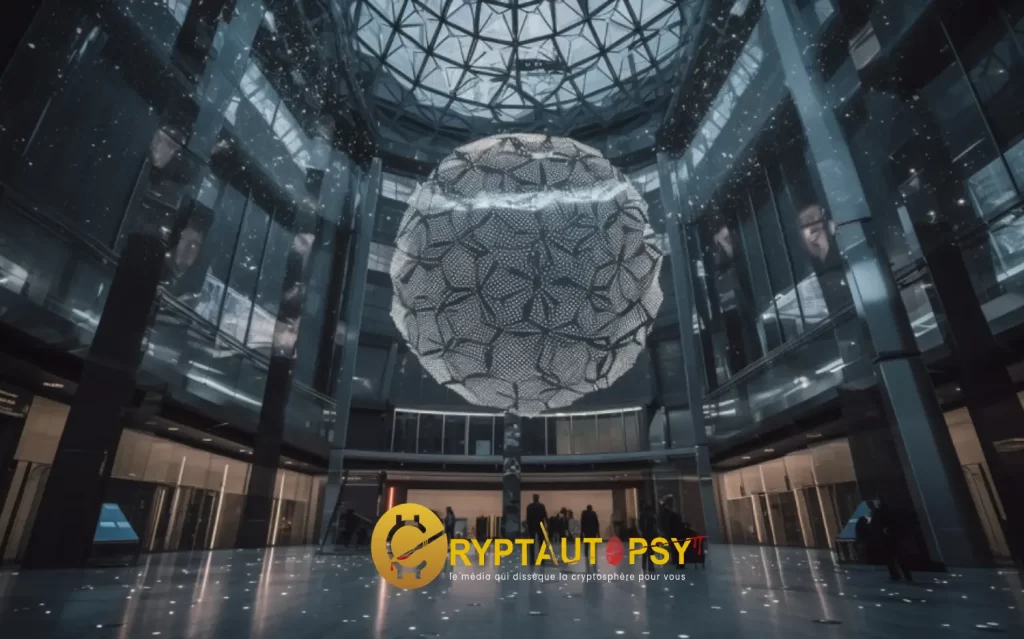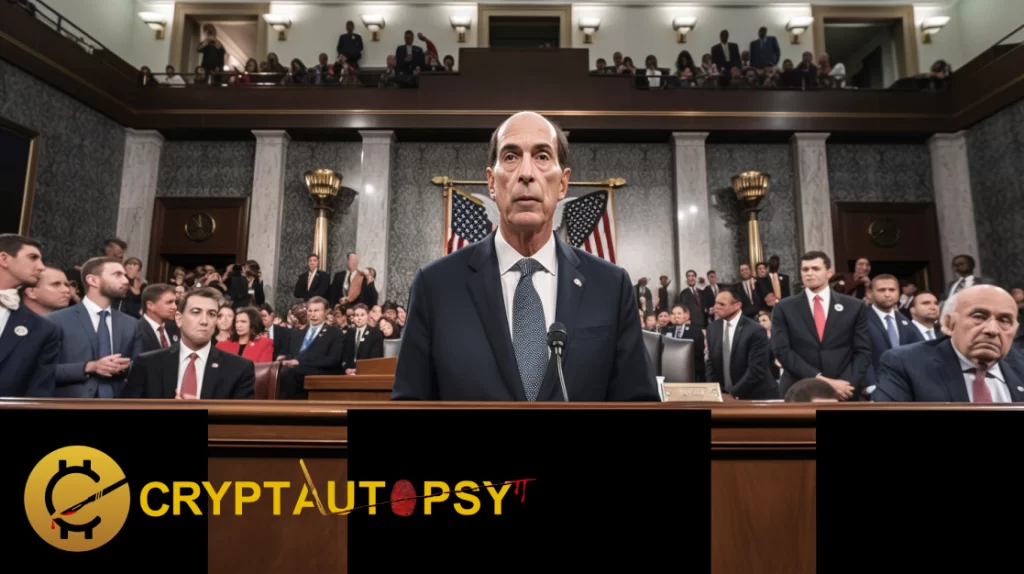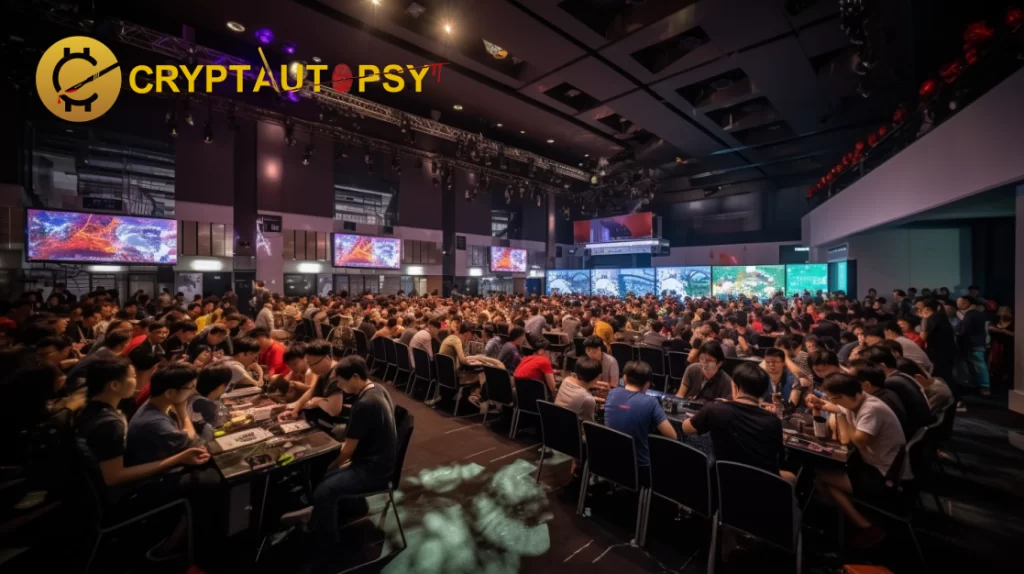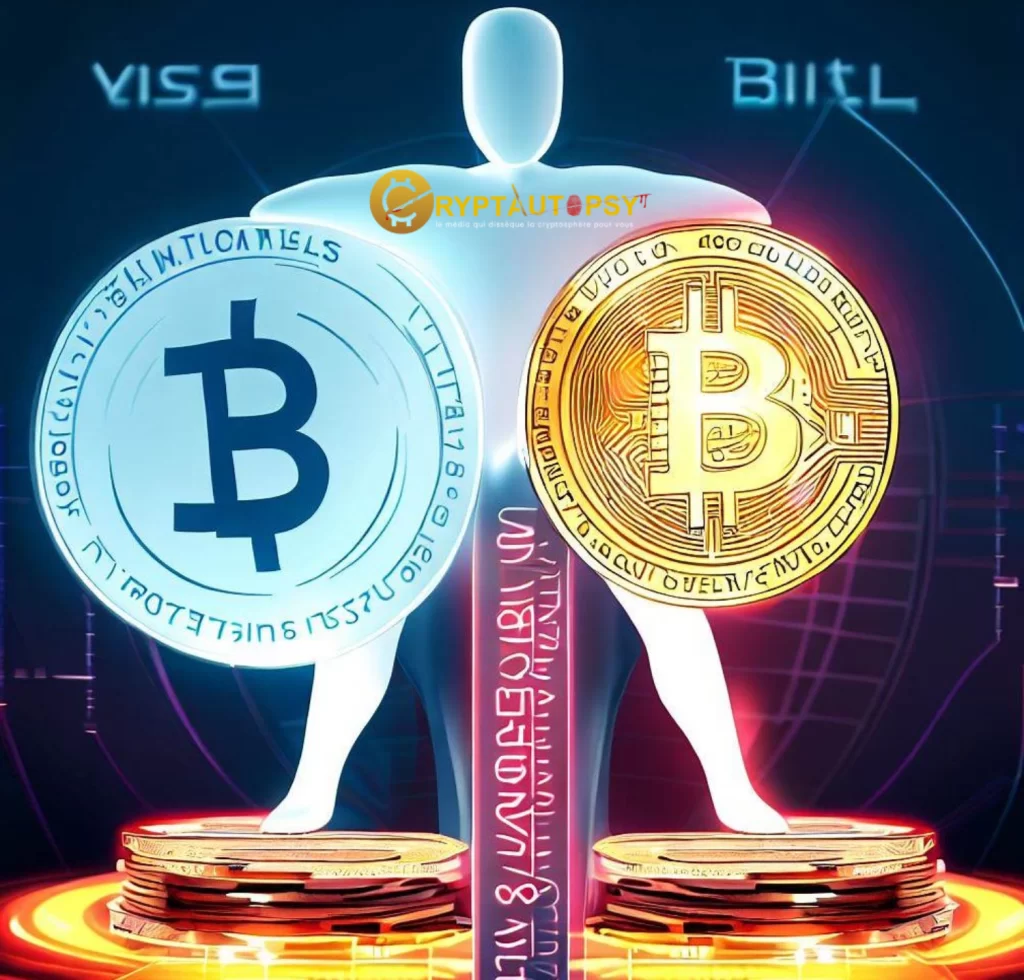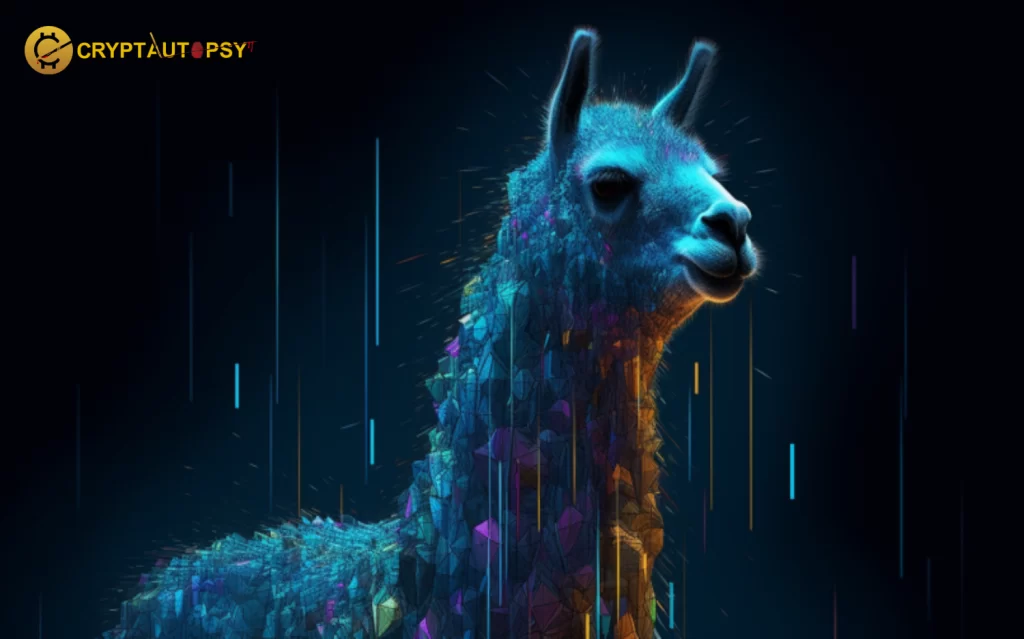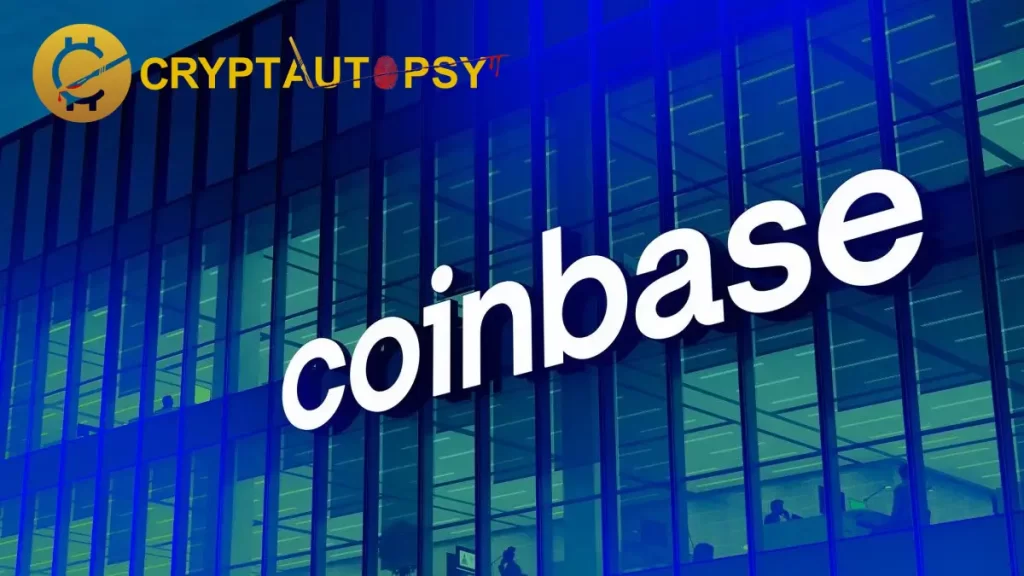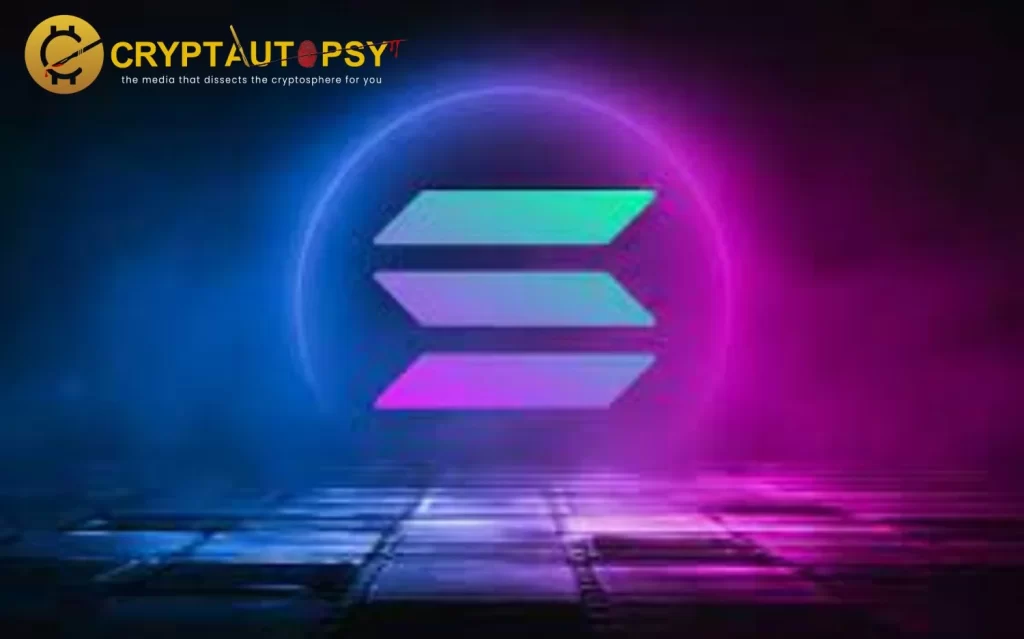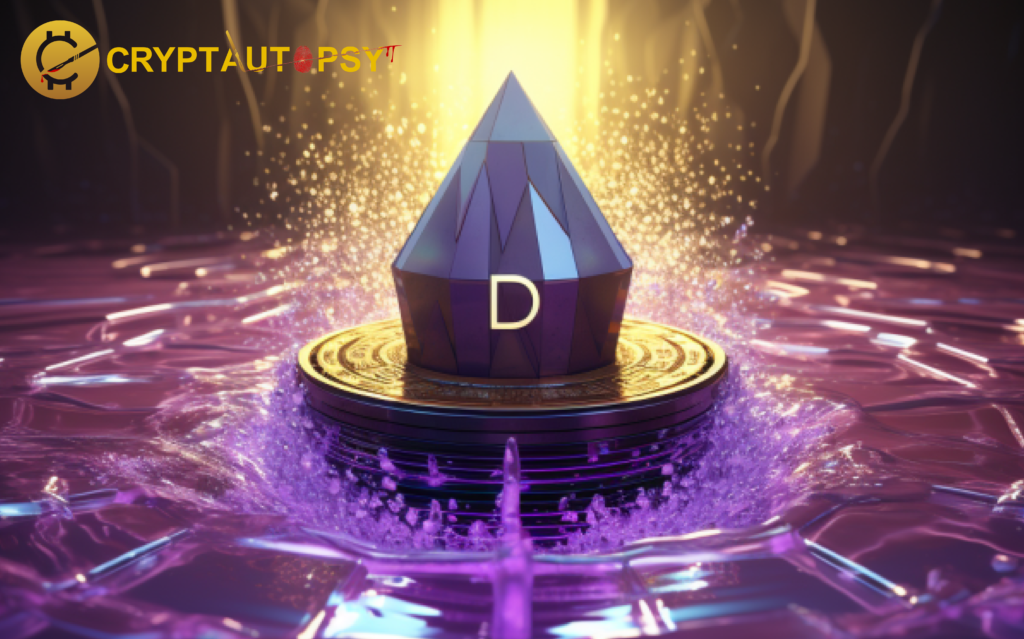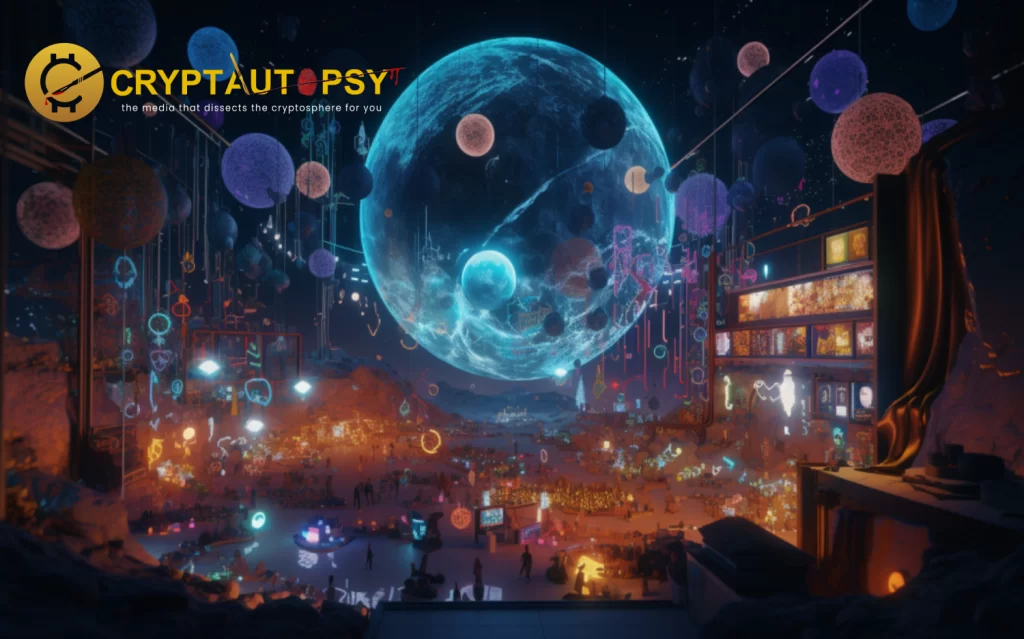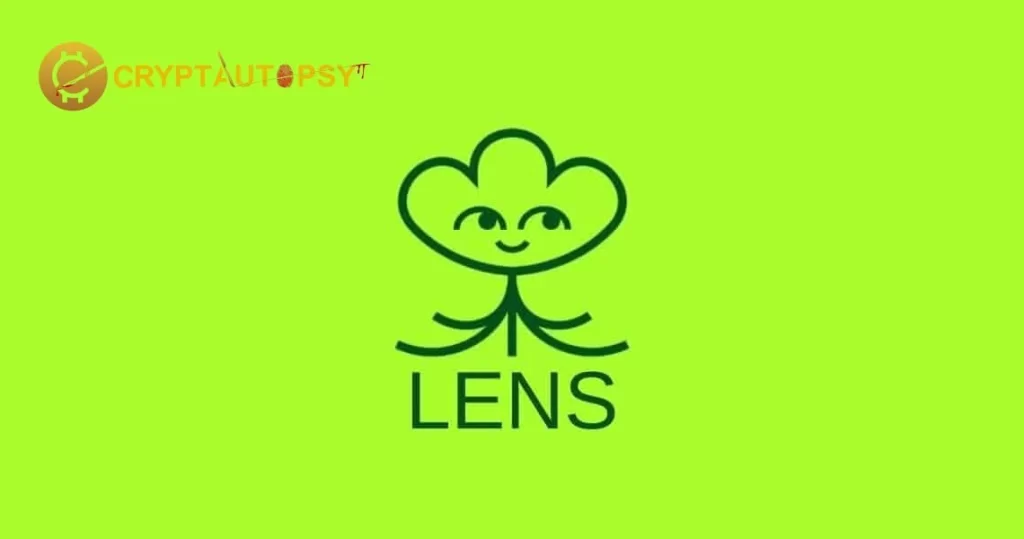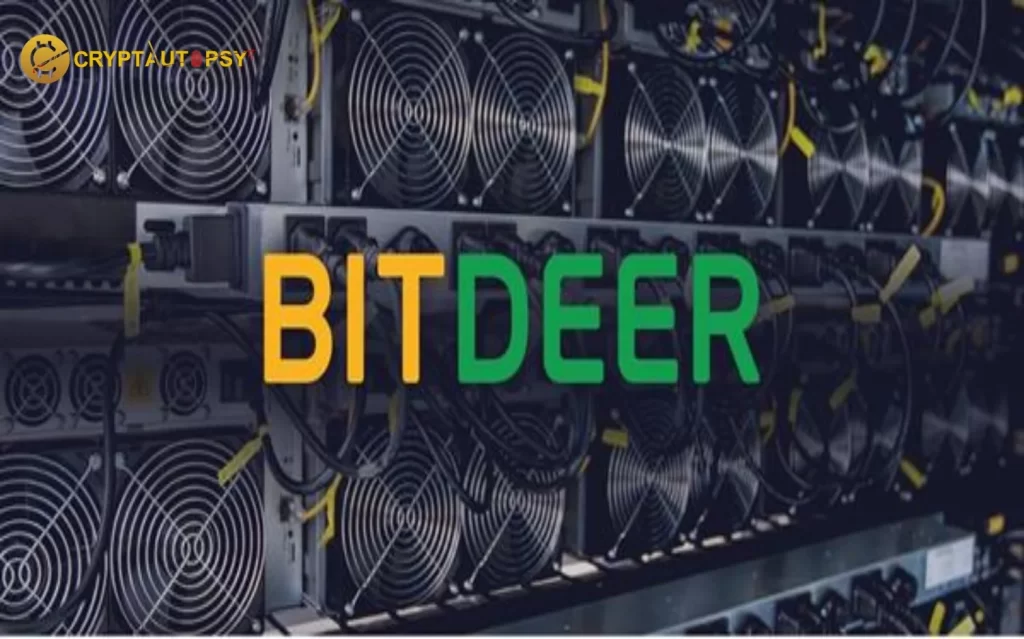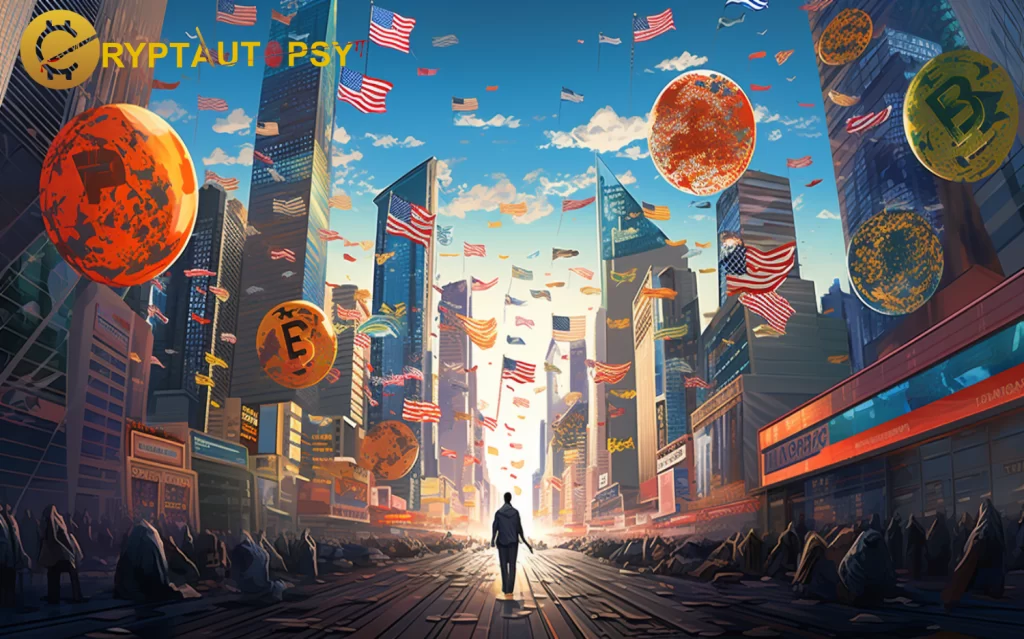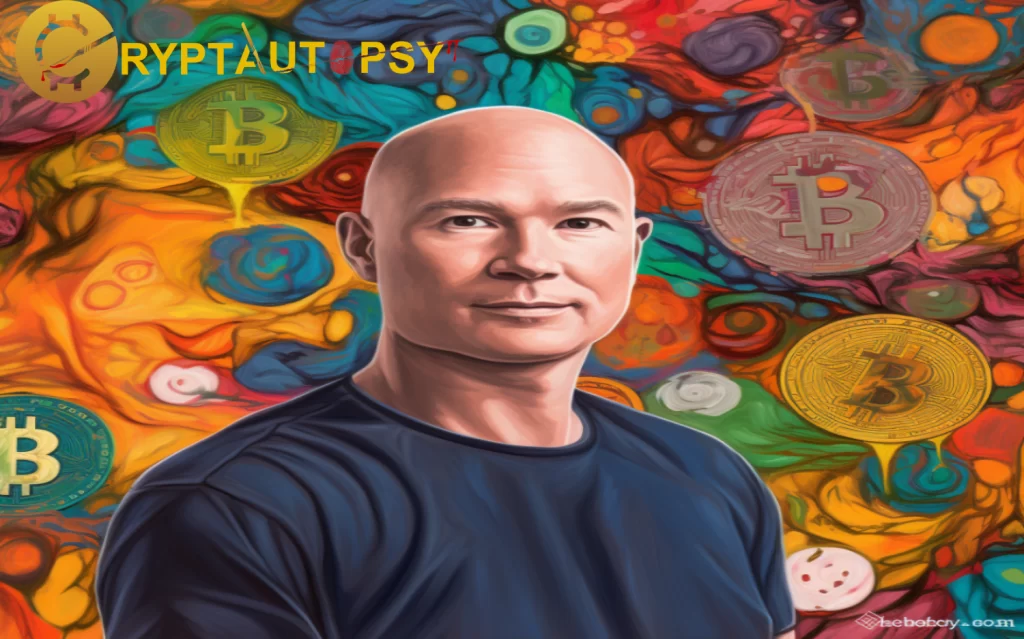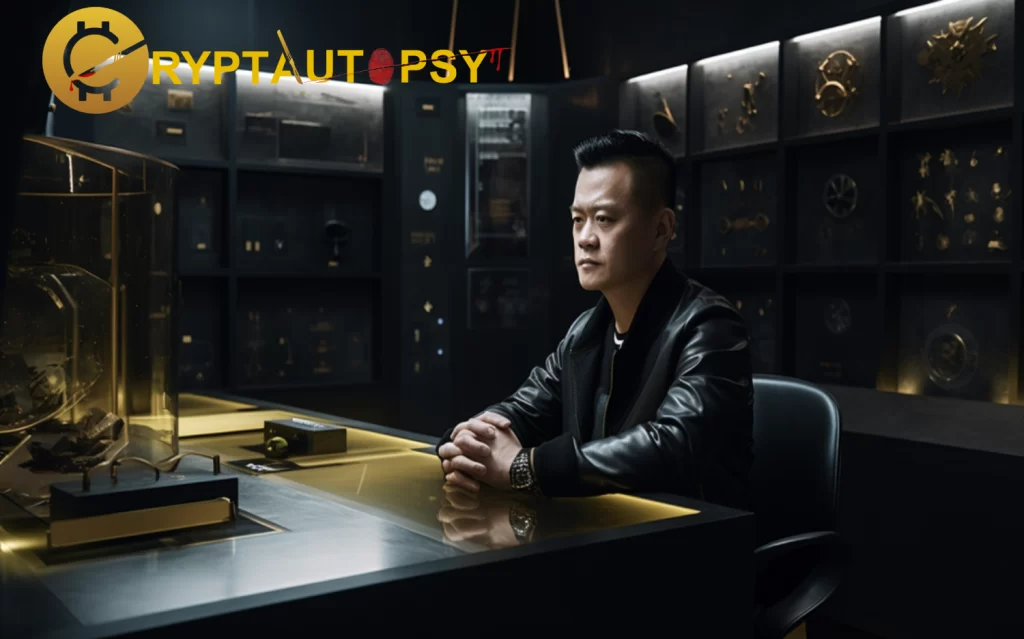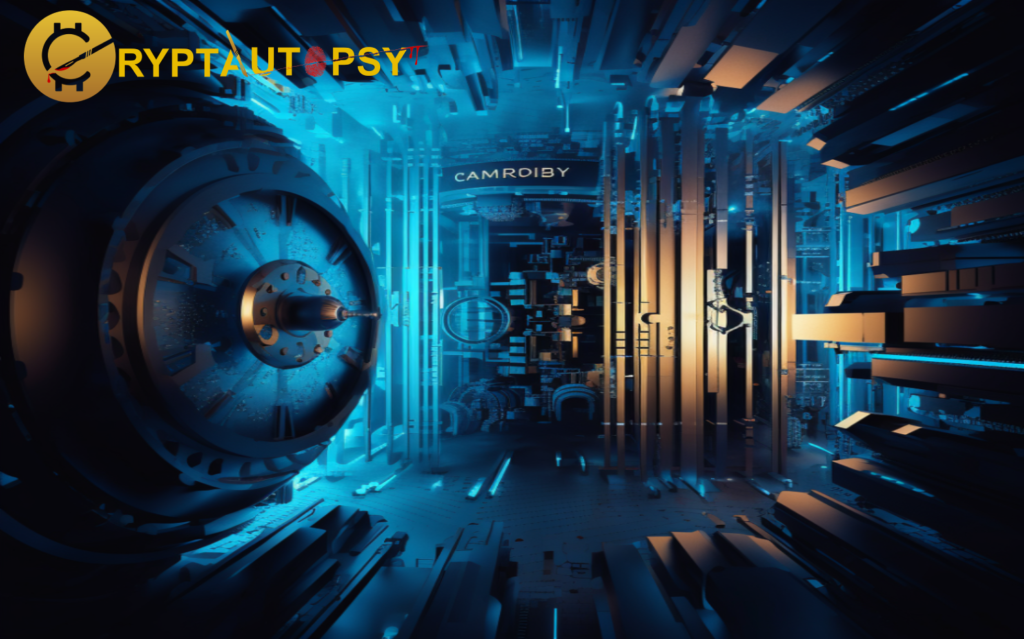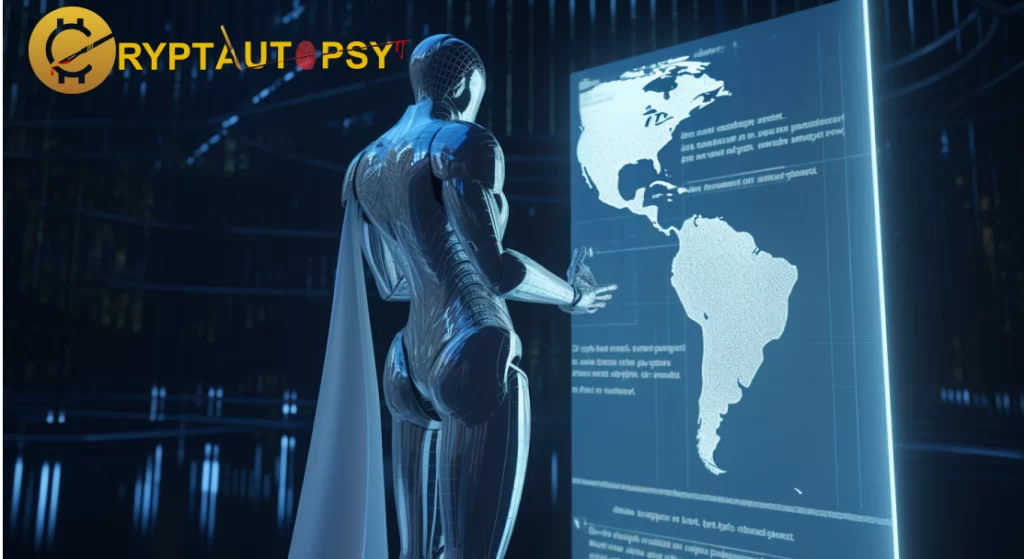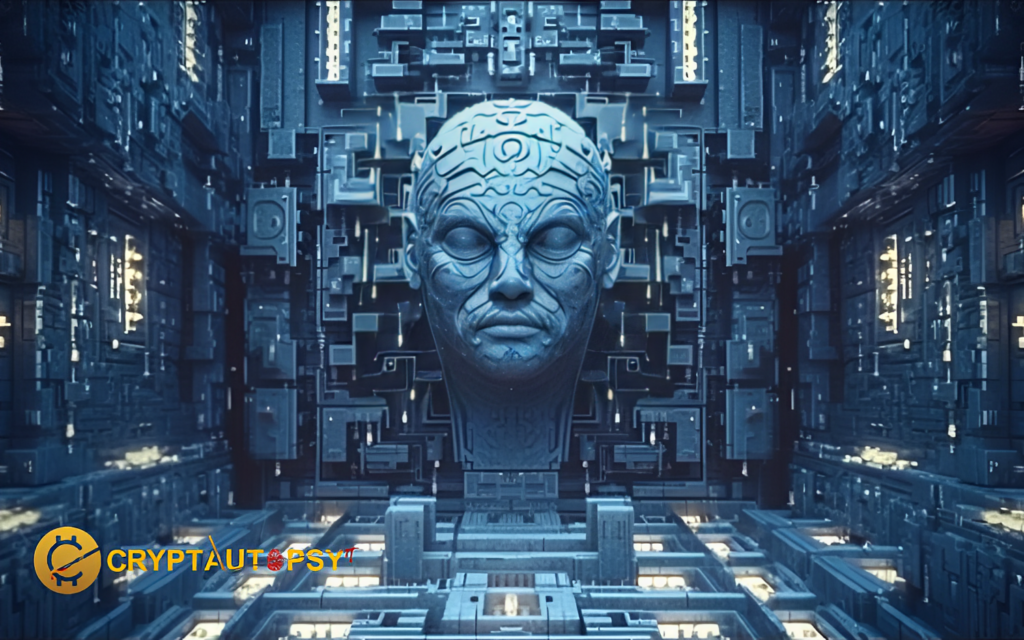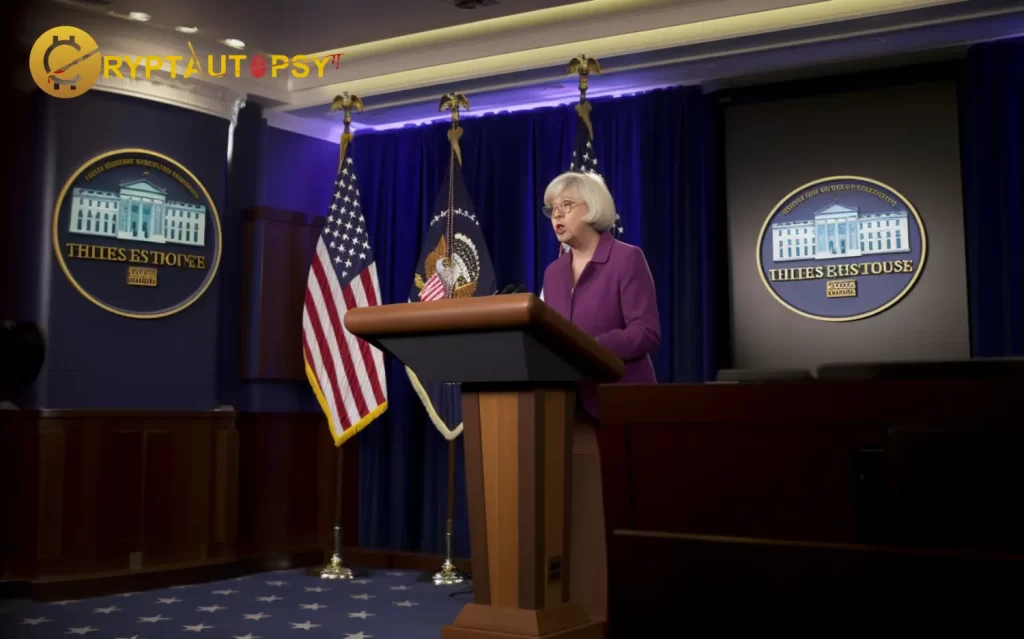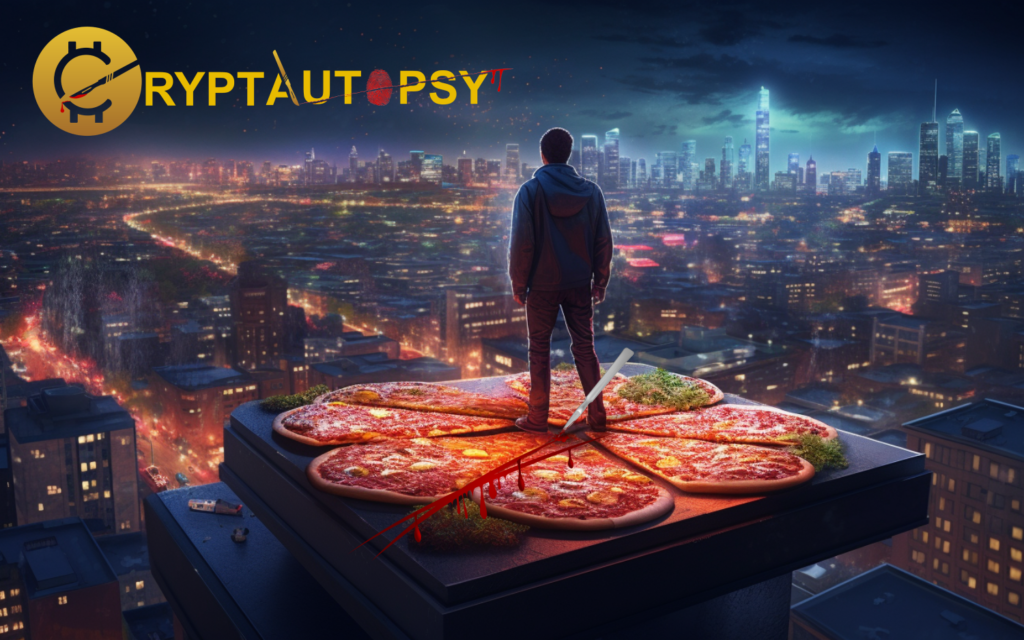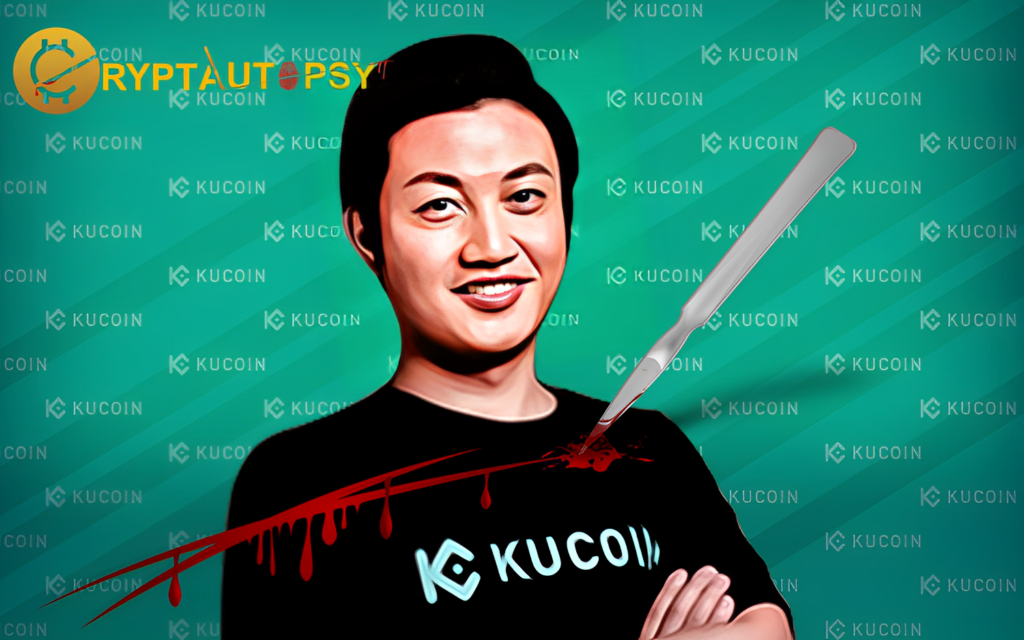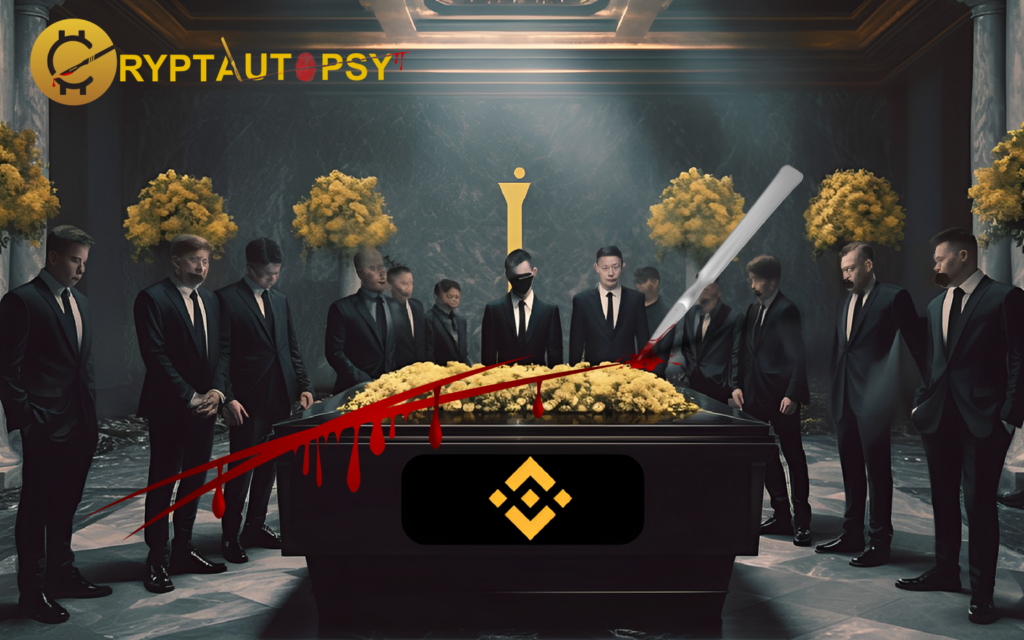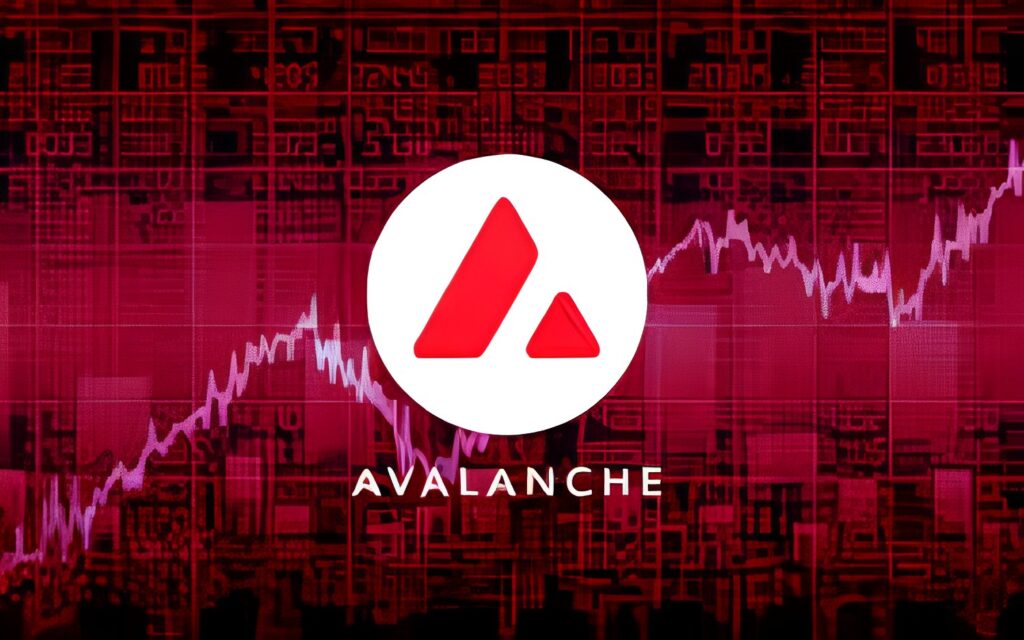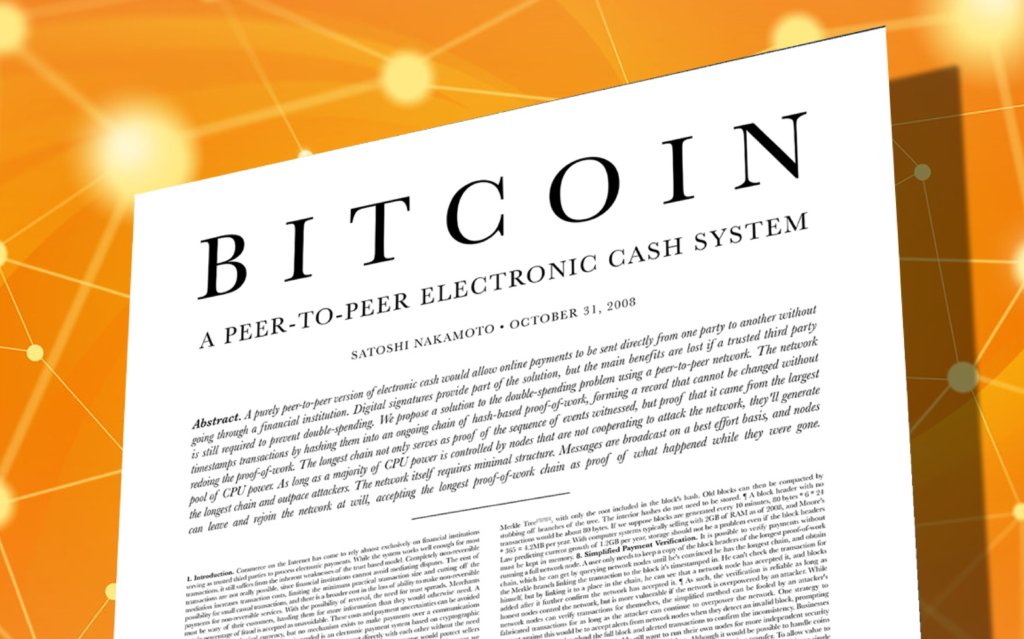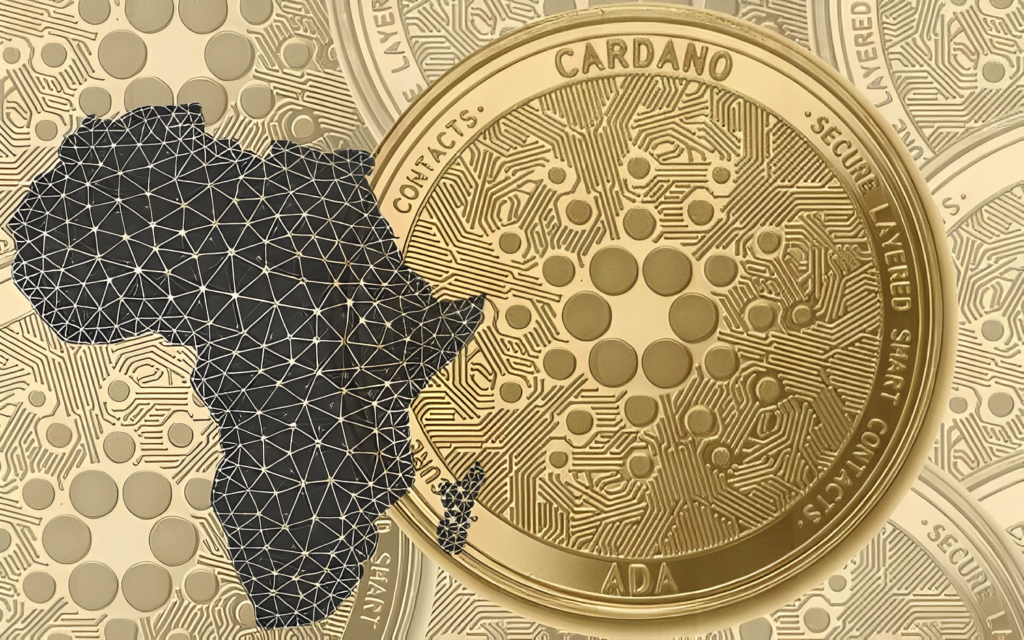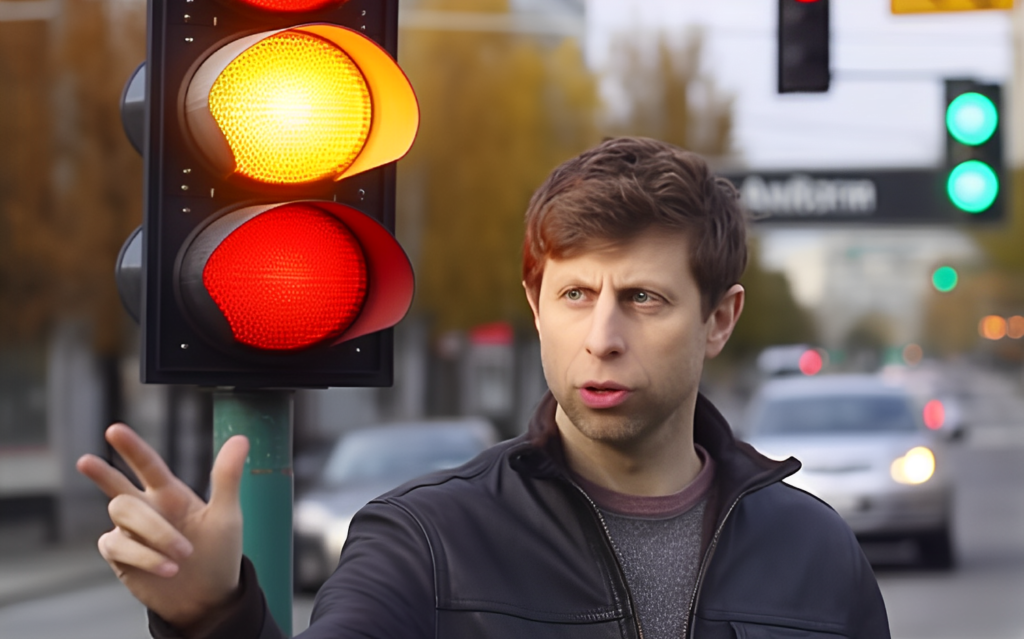Lens Protocol V2: Empowering Users in Decentralized Social Media

At the EthCC conference in Paris, Stani Kulechov, the founder of Aave and Lens Protocol, made a significant announcement. He introduced Lens Protocol V2, highlighting the importance of open standards and portability in empowering users within the realm of social media.
The Need for Decentralized Social Media
Kulechov began his talk by shedding light on the issues surrounding centralized social platforms. According to him, these platforms tend to “lock in users” and their data, resulting in limited choice and innovation. To combat this, decentralized protocols like Lens aim to create an open social graph where identity and content can seamlessly move across applications.
The power of portability was exemplified by Kulechov through the success of Threads, which gained 100 million users within five days by allowing imports from Instagram. This highlighted the potential of portability, a feature lacking in traditional social media walled gardens.
Empowering Users through Decentralization
Centralized platforms such as Twitter exercise control over algorithms and user data. Although users generate value on these platforms, they often fail to benefit from it. Decentralized social protocols seek to address this by making profiles and content NFT-based, giving users full control over their digital identities.
Lens Protocol V1 laid the groundwork for simplifying the process of building social applications. It offered an easy-to-use social layer for web3, requiring only five lines of code. With over 115,159 accounts holding profiles and more than 260,000 transactions to date, Lens has proven its potential.
Introducing Lens Protocol V2
Building upon its previous success, Lens Protocol V2 introduces several upgrades, including “open actions” that connect on-chain behaviors to social content, such as NFT minting or trading. This integration allows Web3 activities to seamlessly become part of the social experience. Additionally, features like “collective value sharing” enable the monetization and portability of content across Lens apps.
The new open profile architecture enhances ownership and flexibility by separating handles from profiles, both represented by NFTs. Users now have the ability to have multiple handles per profile or attach an ENS name. Kulechov emphasized that profiles being NFTs enable other NFTs to have profiles and participate socially.
Enhancing Profile Management
Kulechov discussed the profile manager, which offers interesting possibilities. Users can safely store their profiles in cold storage and delegate social actions to a wallet for everyday use. This approach eliminates the need to sign transactions in the future. Furthermore, it enables delegation of social actions to applications, creating a user-friendly and frictionless experience.
With Lens Protocol V2, the focus shifts towards open standards instead of closed platforms, granting users greater control and ownership. The inclusion of additional safety features ensures the protection of profiles and mitigates issues like phishing.
The Future of Lens Protocol V2
While Lens Protocol V2 brings innovation to the table, its success depends on its ability to attract creators and users to establish a thriving social economy. Nevertheless, Lens’ open philosophy allows anyone to build on and extend the protocol, unlocking its full potential. In closing, Kulechov invited developers to leverage Lens as an identity and content layer to create unique and novel social experiences.
GHO Mainnet Ethereum Launch
The announcement of Lens Protocol V2 follows closely on the heels of Aave’s launch of GHO (Governance Hoard) on the Ethereum mainnet. This significant milestone showcases Aave’s commitment to its protocol and community.
GHO is an overcollateralized stablecoin governed by the Aave DAO. Users can now mint GHO by utilizing assets supplied as collateral on Aave V3, providing them with a decentralized payment layer.
Noteworthy features of GHO include its multi-collateral backing, discounted minting options for AAVE token stakers, and the allocation of interest payments to the Aave DAO treasury. Aave’s meticulous approach to risk mitigation and security is evident in the rigorous audit process that preceded the launch.
Embracing the Expanding Landscape
GHO represents an exciting addition to the already robust Aave ecosystem. Its community-led governance and embedded yield opportunities position it favorably amidst the ever-growing landscape of decentralized stablecoins.





